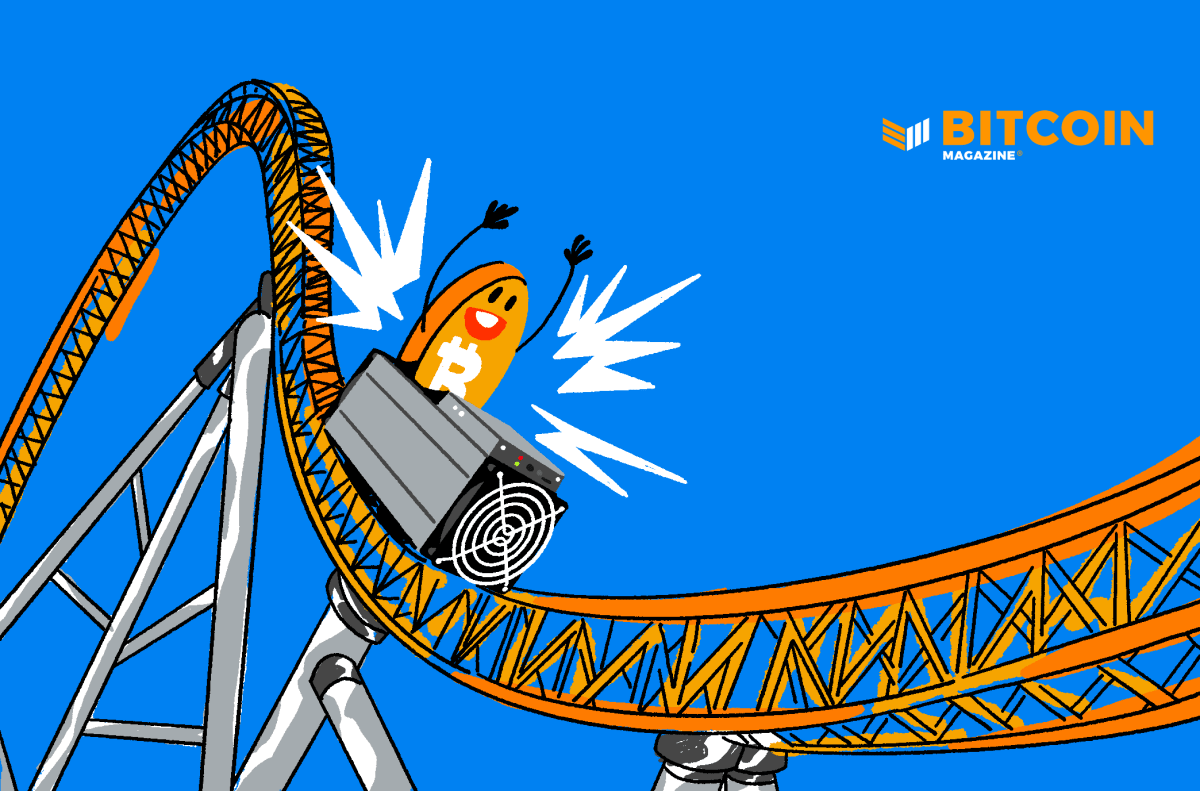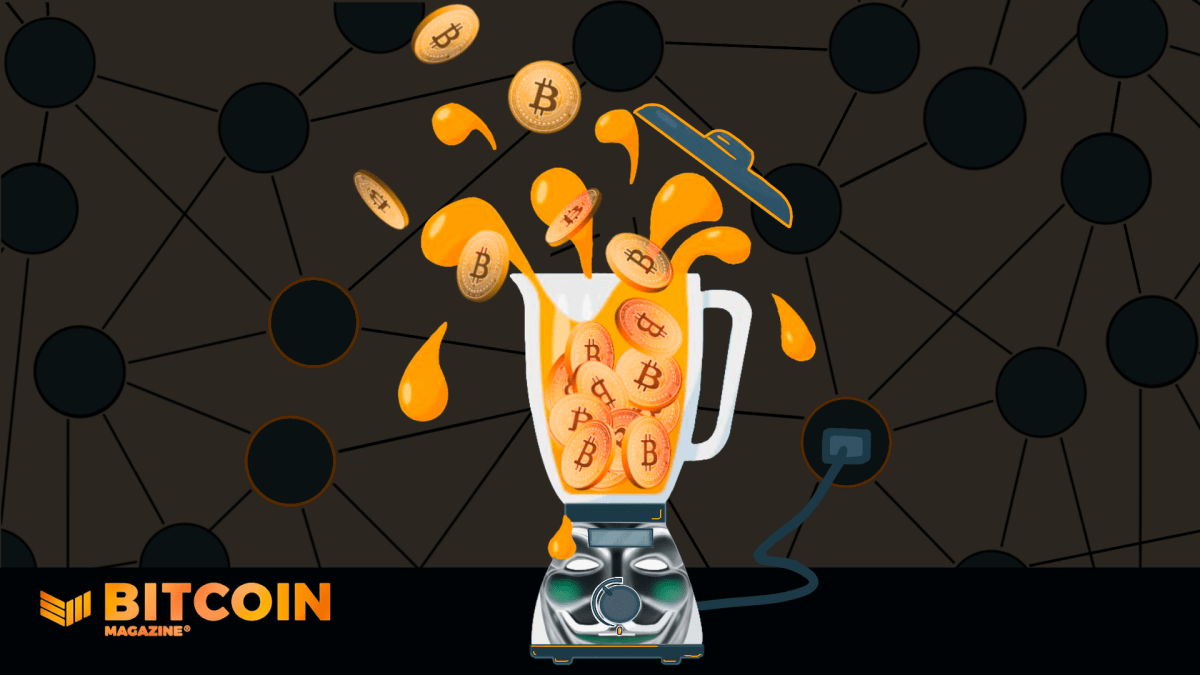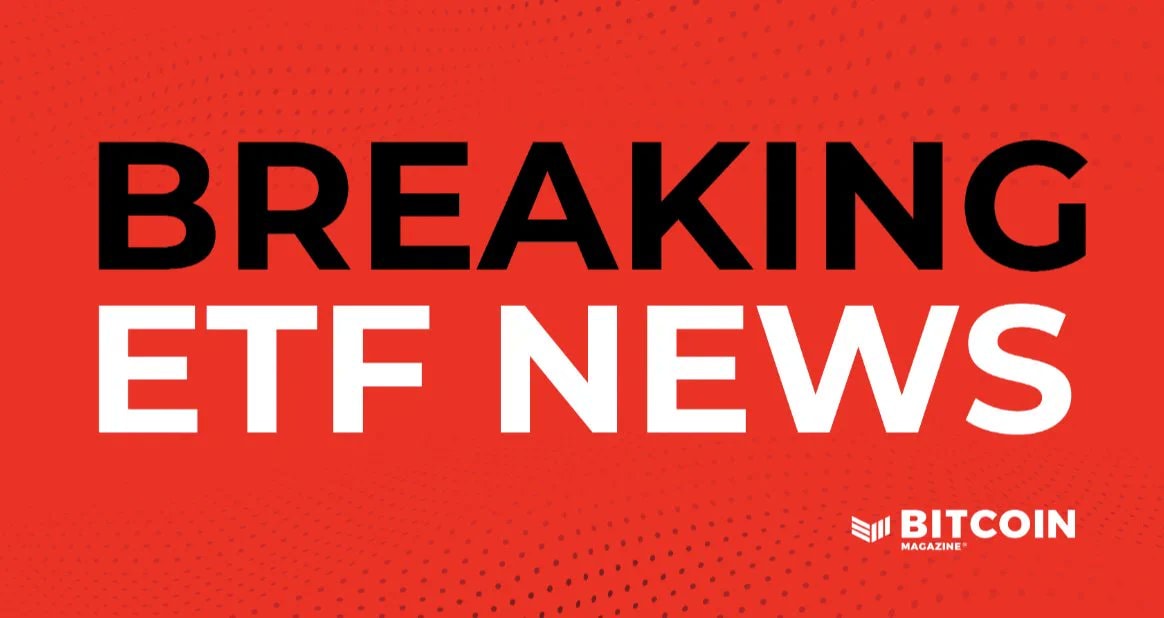How Centralized Is Bitcoin Mining Really?
There are numerous factors to consider in weighing the centralization of bitcoin mining, and the industry can only be as decentralized as any one.
When discussing bitcoin mining centralization, the issue almost always gets muddied immediately. One person might think in terms of mining pool distribution, another in terms of hash rate distribution across jurisdictions, and yet another might be chiefly concerned with how many manufacturers of mining hardware there are.
People frequently boil the entire topic down to just a narrow aspect of it that they think is most important to focus on, losing sight of the fact that there are many different areas in which mining might be more decentralized or more centralized, and that all of them feed back into each other to have effects on different areas.
The Factors To Consider In Bitcoin Mining Decentralization
To really discuss this topic accurately, everyone involved first has to recognize the complexity of it and how many different but interrelated areas there are to measure in terms of decentralization versus centralization. In what I consider a descending order of dependency from top to bottom, I would break things up into these separate categories:
- Mining Pools/Coordination: This area is solely concerned with the coordination between independent miners to smooth the income from their mining options out. Miners hashing on their own would take much longer to find blocks because the odds of finding them are proportional to your percentage of the total network hash rate, and periods of bad “luck” in not finding a block would make things even worse. Working together with other miners and splitting the rewards fairly solves this issue for miners.
- Mining Equipment Ownership: This area is concerned with the distribution of mining equipment and how concentrated or spread out it is in terms of ownership.
- Geographic Distribution Of Equipment: This area is concerned with how well distributed among different legal jurisdictions mining equipment is. The level of distribution is very relevant to the number of jurisdictions that would have to cooperate to disrupt the Bitcoin network.
- Secondhand Equipment Market: This area is concerned with the amount of equipment “liquidity” available without having to directly interface with the manufacturers. This is highly relevant to small-scale equipment owners.
- Equipment Manufacturing Market: This area is concerned with the number of manufacturers of mining equipment. The more there are, the more competitive pricing is, which has an effect on how distributed equipment ownership is.
- Energy Production: This area is concerned with the distribution of power generation capacity, with that capacity ultimately being what miners gravitate toward geographically as a matter of necessity. This is highly relevant to the geographic distribution of equipment, both within single jurisdictions and across multiple jurisdictions.
In addition to these different categories of mining decentralization/centralization, I think it’s also important to take note of a few key external factors that could affect these categories:
Trade Restrictions: Anything that stopped or added costs to the flow of mining equipment across jurisdictions would have a big impact on the distribution of equipment between jurisdictions.
Legislation: New laws being passed by the legislative body of a jurisdiction could have a big impact on attracting or chasing away operators of mining equipment.
Supply Shortages: Shortages of key materials or shortfalls in capacity could lead to prioritization of consumer goods over ASICs from integrated circuit (IC) fabricators, leading to reduced mining equipment supplies.
Increased Energy Demand: Any mining equipment running on the power grid could be cut off from power in the event of increased energy demand from grid consumers, i.e., heating and cooling in the winter and summer.
Cyberattacks: Bitcoin miners are, at the end of the day, computers that are hooked up to networks. Poor security, insecure firmware, etc. as attack vectors could potentially be used to temporarily or permanently bring someone’s mining equipment offline. Power grids can and have been hacked in the past. Cyberattacks could affect many aspects of mining.
Solving For The Centralizing Effects Of Mining Pools
Mining pools were established very early in the history of Bitcoin, and in one form or another will probably be around forever.
In the very beginning days of Bitcoin, mining was all done with CPUs and everyone just solo mined. No one pooled resources together, everyone just turned on the computers they had and tried to find blocks by themselves. This worked fine in the early days because no one was running out and investing in specialized equipment to mine, they were just using their normal computers.
The electricity consumption wasn’t much more than running SETI@home as a screensaver. There just wasn’t really a pressing need to pool together without a huge upfront investment to start mining, no one was racing to to hit return on investment (ROI) for expensive equipment.
Once things shifted to GPUs and ASICs, that changed. Smaller investments in hardware needed to be paid off quickly, and mining yourself could lead to huge variance and long times between finding blocks. Pooling began as a way to help meet that ROI faster. This introduced a major point of centralization for miners despite the benefits of being able to get a more predictable income to be able to hit an ROI. The pools are the single point of coordination between hardware operators, and are responsible for selecting transactions to put in the blocks that everyone is working on, as well as receiving and custodying all of the mining rewards until individual hardware operators withdraw them.
There are a few ways that this dynamic has a centralizing effect. Firstly, the pool is the one in control of transaction selection for blocks. Being much more centralized than the hardware operations themselves, this makes pools a chokepoint in terms of censorship. That goes for governments coercing pools to not mine certain transactions, as well as pools deciding to do so themselves wherever a rational incentive to censor exists. Secondly, for all intents and purposes, despite not being regulated as such, mining pools are custodial financial entities. They are capable of freezing payouts, being pressured to KYC hardware operators mining with them, and potentially even banning hardware operators from certain jurisdictions.
All of these dynamics essentially make mining pools the first place where centralizing bottlenecks can start having negative effects on other areas of mining.
Ultimately, the solution to mitigate centralization risks here is to decentralize the mining pools themselves. The proposed BetterHash protocol by Matt Corrallo goes some of the way in making this a reality by decentralizing the selection of transactions that go into a block to the individual hardware operators, but it still requires a centralized pool to receive the block reward payouts and distribute them to individual miners.
To really solve the issue of pool centralization, it’s necessary to decentralize the payouts as well. This was attempted by P2Pool, but due to the requirement that every individual miner has an output in the coinbase transaction, it was not scalable. Chris Belcher has a proposal to solve this with the Lightning Network, and BIP118 (SIGHASH_ANYPREVOUT) and BIP119 (OP_CTV) both open the door for even more efficient solutions.
On a last note, people might ask, “Why do we need to do this when people can just change mining pools if they act maliciously?” That might be a valid question in theory, but in practice it is not so simple. Running a mining pool consists of mostly just software and server infrastructure, but there are also other elements. One worth mentioning would be security.
Mining pools have to custody large amounts of bitcoin, as well as have scalable mechanisms (read: automated) for miners to withdraw their funds. That requires a hot wallet, which is a security concern. Another would be the trust factor — any miner using a pool has to trust them to not withhold their funds when they go to withdraw. Yes, a new pool can be made if needed, but it’s not as easy as flipping a switch.
The Centralization Of Mining Equipment Ownership
This dynamic is one of the more important ones.
When Bitcoin first started, mining was very decentralized, everyone just had to download a computer program and click start and they were providing security to the network. There was no special hardware, there was no need to get a warehouse with a large electrical capacity. This meant that the economic barriers to being a miner were almost non-existent.
That is very different today. Individual miners cost more than $10,000 these days, and all of them run on 240-volt power (which, aside from your washer and dryer, most houses are not wired for). There’s really nothing much to do here aside from getting involved and starting a business to make hardware as cost effective and widely-available as possible to the people with the electricity to run them. Ultimately, the market will dictate the level of centralization or decentralization in this area.
Second-Hand Equipment Markets
How widely available access to mining equipment is dictates indirectly how decentralized the ownership of mining equipment can be at the maximum.
If only a handful of people can get their hands on something, then ownership of that thing will remain highly concentrated in that handful of people — it’s just common sense. The number of second-hand markets where equipment can be procured is going to inform how competitive pricing is of used equipment and how easily people can get their hands on it. The more resellers there are, the more used marketplaces there will be and the more decentralized access to equipment will be.
Equipment Manufacturers
This is a fundamental bottleneck area that affects almost every other area of mining as defined above, as clearly demonstrated in 2017 during the culmination of the blocksize wars in the user-activated soft fork versus New York Agreement era.
There was a period in time where Bitmain, the largest manufacturer of ASICs, was threatening to stop selling equipment to any Chinese miners that set their blocks to activate the Segregated Witness soft fork. This single company exerted enough influence over the network through coercion that it almost shaped the outcome of the entire conflict.
Now, imagine if manufacturers were pressured by governments to only sell equipment to specific entities, or people who complied with regulations. The number of companies producing ASICs, and how geographically distributed they are, is one of the most important areas affecting the distribution of hardware ownership.
The Centralizing Effects of Energy Production
Here we are at the root of everything. All of the mining equipment in the world is completely useless unless you have the electricity to power it. This area is much more “binary” in terms of things rather than a spectrum, simply as a result of how central power production is to society and governmental involvement.
Effectively, any power source connected to the power grid is heavily centralized. Power can be shut down to a mining operation whenever a grid operator wants, whether due to consumer needs, government demands, etc. The only real way to decentralize this area in any meaningful way is either through politics, i.e., incentivizing politicians to protect miners’ use of electricity and ensure that power access is provided in a fair and predictable manner, or to get completely off grid and take advantage of isolated power production capacity.
Natural gas wells are probably the most promising example of decentralized power production that miners can take advantage of. Small nuclear reactors might be another viable option in the long term.
So, What Does Mining Centralization Mean?
I think of all of these dynamics like a totem pole, stacked from mining pools on the top to energy production on the bottom. Sections of the totem pole can be more centralized than the things below them, but nothing can be more decentralized than anything below it on the totem pole in a meaningful way.
For instance, imagine the case of eight people owning all of the hash rate in the world, but splitting it all up between 100 different mining pools. Having 100 mining pools in that example is not real decentralization, it is decentralization theater. You just go to the eight people running hardware if you want to pressure them, you can skip right past the 100 mining pools because they don’t matter.
Ultimately I see the process to maximize the decentralization as such: starting with mining pools, Bitcoiners need to decentralize each layer of the totem pole as much as possible, and then push down the stack to work on the next. The mining pools section is relatively easy to tackle in terms of economic capital, it just takes knowledge and time to design and code solutions.
But the further you push down the stack, going into equipment ownership, the market and manufacturing dynamics, and then into energy production, each area becomes more and more capital intensive to really do anything to decentralize it more. And remember, things higher up the totem pole can only be as decentralized as the thing right below it.
There’s low-hanging fruit to tackle in terms of building out decentralized mining pools, and innovating on products that make mining hardware cost effective and reliably available to retail or smaller-scale industrial operators, but ultimately to push down to the base of the totem pole will require Bitcoiners to deploy large amounts of capital, both economic and political. Ultimately, there is no way to get around that, but to not try and push as far towards the base as possible is in my opinion to resign to failure.
Plenty of actors in this ecosystem are putting resources into addressing these problems, Great American Mining, Upstream Data, Blockstream with its plans to manufacture its own ASICs, are a few. We need a lot more of that energy to really push Bitcoin to its potential in terms of decentralization.
This is a guest post by Shinobi. Opinions expressed are entirely their own and do not necessarily reflect those of BTC Inc or Bitcoin Magazine.









